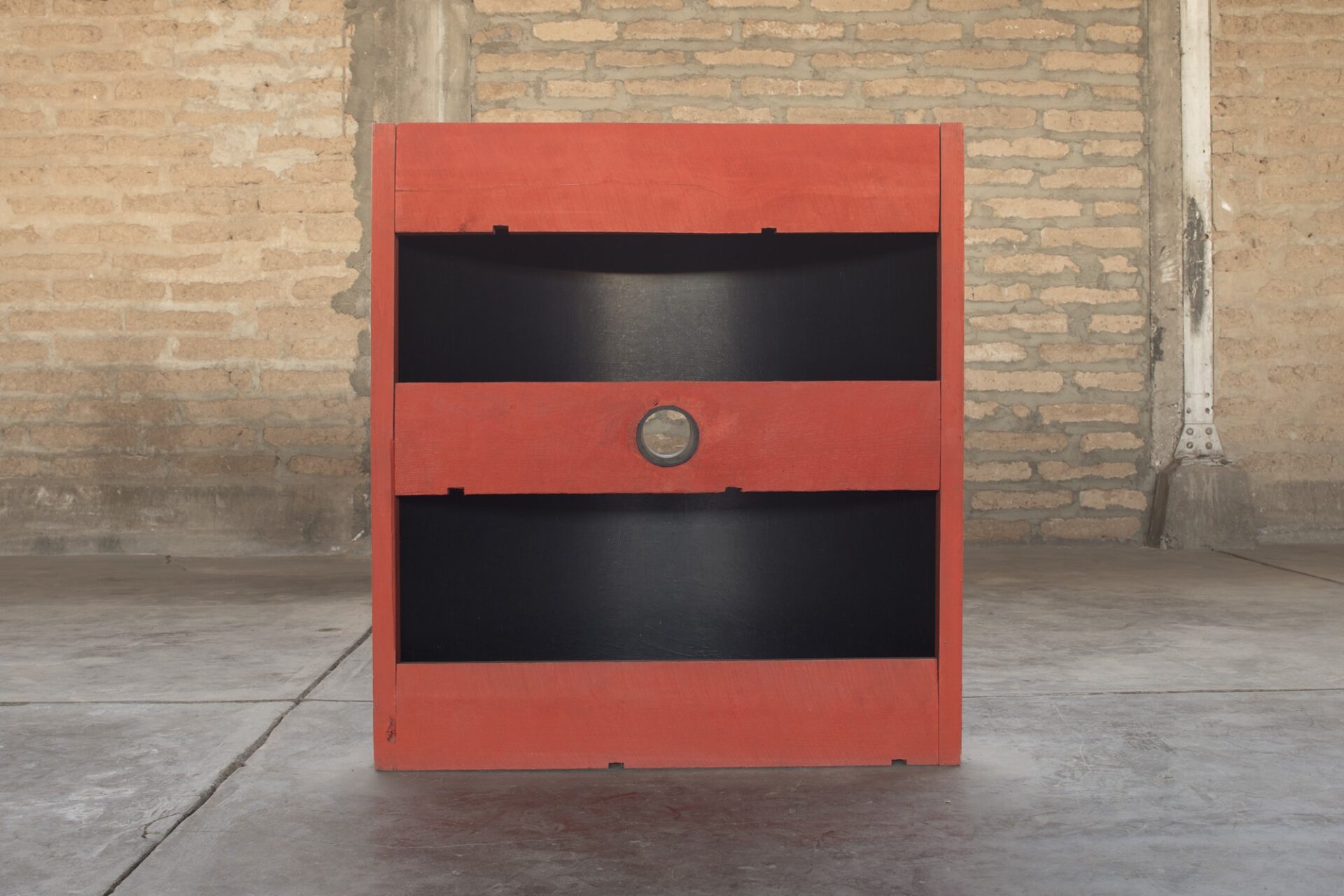Although it was originally meant to hang on the wall, this object is Donald Judd’s first work placed directly on the floor. As he described in a 1971 interview:
First, I did the pipe relief and kept it on the floor. It was a big thing when sitting on the floor. I left it on the floor, and that didn’t seem to bother it much. It was meant to go on the wall, but it looked all right on the floor. And then the whole situation of the wall was tiresome, but I was also tired of low relief. It seemed a method that would solve a lot of problems, and it did to some extent, but it still shared the nature of painting in that low relief is rectangular and goes back against the wall. And I didn’t want it to sit back against the wall. A piece that was completely three-dimensional was a big event for me.1
He would later argue that this was also important for the history of art more broadly: “Before the right angle and its predecessor, all ‘sculpture’ was placed on a pedestal. . . . Since now it is common for work to be placed anywhere in a room, it is impossible for people to understand that placement on the floor and the absence of a pedestal were inventions. I invented them.”2

